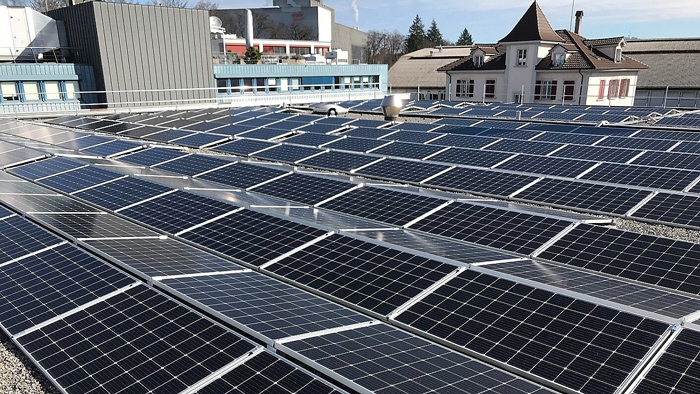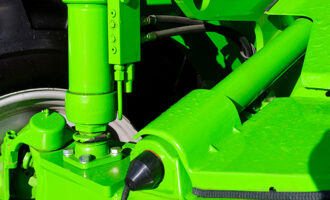
Shell uses solar energy to help power lube blending plants in Europe and Asia
Shell is installing solar photovoltaic panels on the roofs of seven lubricant plants in China, India, Italy, Singapore, and Switzerland. Combined, the panels are expected to generate more than 7,500 MWh of electricity annually, and can result in the avoidance of greenhouse gas (GHG) emissions of approximately 4,500 tonnes on a CO2-equivalent basis per year, equivalent to taking about 2,600 cars off the road for one year.
“Using solar energy to help power our lubricant plants enables us to reduce the carbon intensity in our lubricants supply chain,” said Richard Jory, Shell’s vice president, Lubricants Supply Chain. “Every industry has to do its part in developing cleaner ways of working and this is part of our commitment to run a safe, efficient, responsible and profitable business.”
The seven plants with solar photovoltaic panels installed are the Nangang, Zhapu and Zhuhai plants in China, Taloja plant in India, Cisliano plant in Italy, Tuas plant in Singapore and Bern plant in Switzerland.
The solar energy generated will be used to help power operations at these lube blending plants, lowering operating costs in the long-run and reducing reliance on the electricity grid. All panels will be installed by the end of 2019. Shell is looking to expand the use of solar panels in other lube blending plants around the world.
Shell has the largest lubricants business in the world and has been the market leader for the past 12 years, selling about five billion litres of lubricants every year, roughly one-third of which goes into passenger cars, and two-thirds into industrial and heavy-duty use.
The estimate of greenhouse gas (GHG) emissions avoided are calculated using a location-based method for Scope 2 indirect GHG emissions, as defined by the World Resources Institute GHG Protocol.









